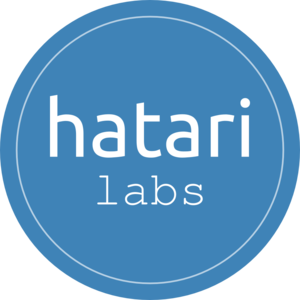Webinar detail / Detalle del Webinar
How to insert a geological model into a MODFLOW groundwater flow model with Python and Flopy
If you want to apply a complete 3D geological model into a groundwater flow model, this is the webinar that you were looking for. Geological models generated with Python and Gempy and stored as voxels (x,y,z,lito) can be imported into a Modflow model with Flopy. This webinar covers an applied example of geological model import, massive spatial queries to determine the corresponding cell (layer, row, col), lithological filtering and hydraulic parameter determination based on lithology into a Modflow model. Results can be imported into Model Muse for further model development, boundary condition setup and simulation. The applied example comprises the translation of a geological model of 196875 voxels (35 layers, 75 rows, 75 cols) into a MODFLOW model of 18000 cells (20 layers, 30 rows, 30 cols).
Instructor / Instructor:
Saul Montoya M.Sc
Hydrogeologist - Numerical Modeler
Mr. Montoya is a Civil Engineer graduated from the Catholic University in Lima with postgraduate studies in Management and Engineering of Water Resources (WAREM Program) from Stuttgart University – Germany with mention in Groundwater Engineering and Hydroinformatics. Mr Montoya has a strong analytical capacity for the interpretation, conceptualization and modeling of the surface and underground water cycle and their interaction. He is in charge of numerical modeling for contaminant transport and remediation systems of contaminated sites. Inside his hydrological and hydrogeological investigations Mr. Montoya has developed an holistic comprehension of the water cycle, understanding and quantifying the main hydrological dynamic process of precipitation, runoff, evaporation and recharge to the groundwater system.
Language / Lenguaje:
English
Event date / Fecha del evento:
Wednesday, Aug 9 2023 6:00 p.m. Amsterdam Time
Hosted by / Organizado por:
Hatarilabs
Stream link / Enlace de transmisión:
https://meet.google.com/vve-yqdd-uacInput data / Datos de entrada:
https://owncloud.hatarilabs.com/s/KaStEa89Mxlnapp
Additional instructions / Instrucciones adicionales:
Password to download data: Hatarilabs. You need to have Anaconda installed on your computer.

